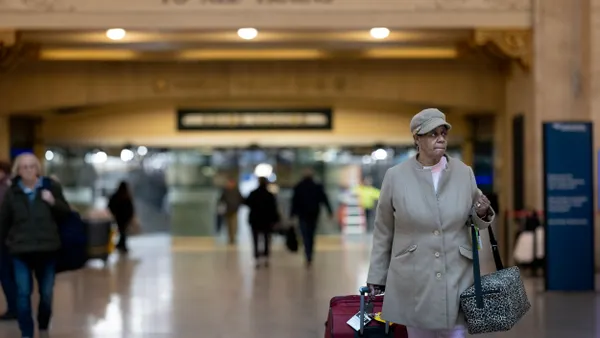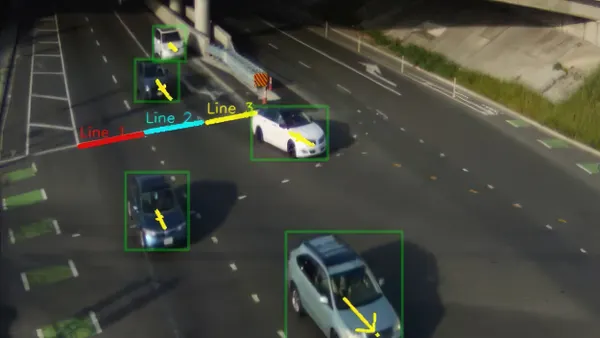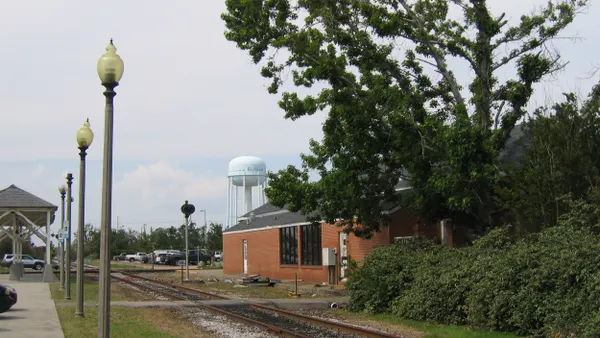The Virginia Department of Rail and Public Transportation announced last month the addition of a fifth route for its Virginia Breeze Bus Lines service, while the Maine Department of Transportation said June 11 that it has selected a contractor to operate a pilot commuter bus service connecting the state’s two largest metropolitan areas.
State-supported intercity bus routes are gaining popularity, said Joseph Schwieterman, director of the Chaddick Institute for Metropolitan Development at DePaul University, in a February interview. “The growth of state systems has been really exciting to watch,” he said.
The first Virginia Breeze bus route launched in 2017, and the state has since built out four routes radiating south from Washington, D.C. that have racked up 220,000 rides. “We're helping with congestion reduction [and] we're providing travel options for individuals that may or may not have access to a vehicle, so it's really about providing safe, economical travel,” said Jennifer DeBruhl, director of the Virginia Department of Rail and Public Transportation.
The new Virginia route, which will launch in 2025, runs east-west connecting Virginia Beach and Norfolk on the coast with the inland communities of Richmond, Charlottesville and Harrisonburg, DeBruhl said. It will be nearly a seven-hour ride end-to-end, she added, and will start with one bus a day in each direction.
The DRPT looks to make connections where possible with local public transit, airports and with Amtrak at the Richmond and Washington, D.C. stations, DeBruhl said. In Washington, D.C., Breeze buses connect with Megabus at Union Station, allowing passengers to continue on to other Northeast Corridor cities including Baltimore, Philadelphia, New York City and Boston. Breeze Bus connected trips have grown by 53% since 2017, according to a press release.
As for the new route, DeBruhl said, “We've just completed our feasibility study. … Over the next several months, we'll be working in a much deeper level of detail as we look at specific stop locations.”
The state contracts with private operators for its routes. Virginia makes use of federal section 5311 formula grants for rural areas, which requires states to spend at least 15% of such grants for intercity bus service unless it can show that intercity needs are already being met, DeBruhl explained.
Testing public transportation demand in Maine
In Maine, frequent weekday and weekend bus service will begin in early July between Portland, Maine, and the neighboring cities of Lewiston and Auburn, with intermediate stops, according to a Maine Department of Transportation press release. The route is about 45 miles.
From 2018 to 2023, three separate state-supported studies looked at the potential for passenger rail service between the two points. Capital costs were estimated in the range of $264 million to $349 million, with annual operations and maintenance costs estimated at $15 million to $20 million. In comparison, the bus option came in at $1.6 million for capital costs with annual costs from $850,000 to $1.2 million.
The two-year pilot program is designed to test the demand for public transportation between the two regions, according to the press release. Contracted at $2.8 million, the program will be paid for with state funds, said Paul Merrill, director of communications for the Maine DOT, in an email. A one-way ticket will be $8, he said.
“If we decide to continue the service after the two-year pilot, federal funds could be utilized,” Merrill said. The state DOT uses federal funds for other intercity bus routes, he added.











